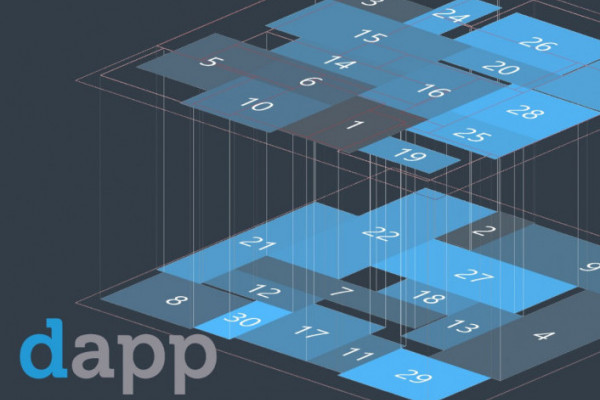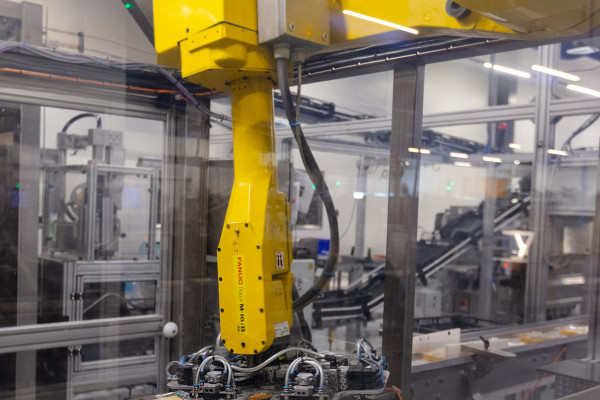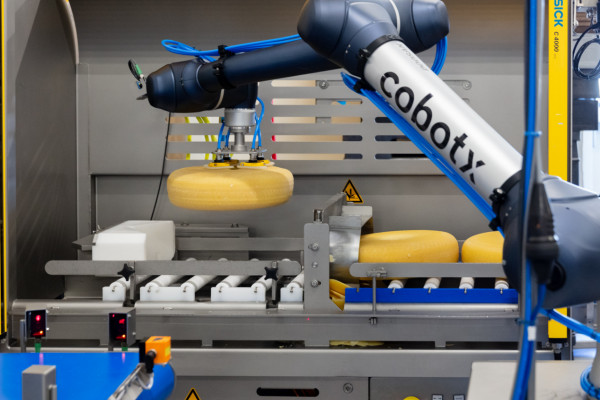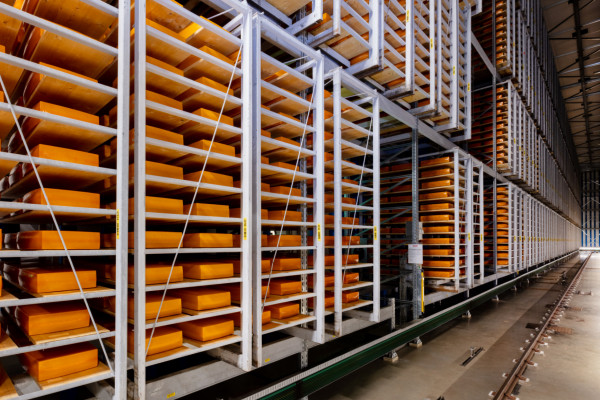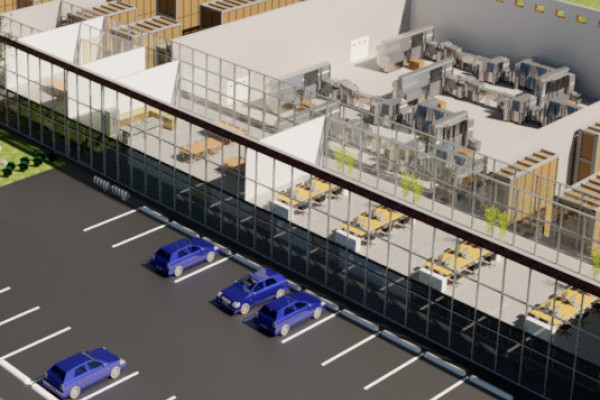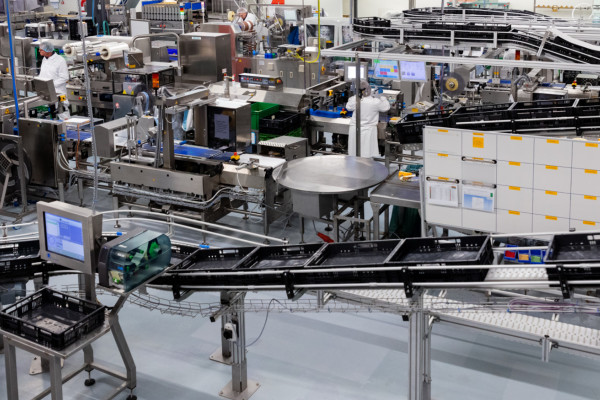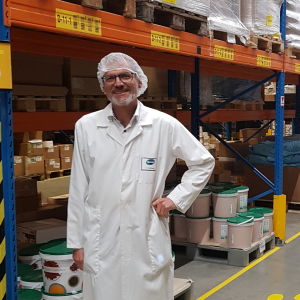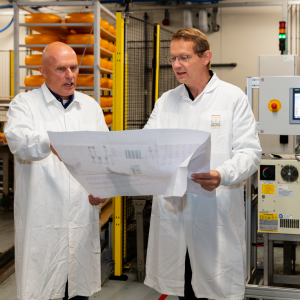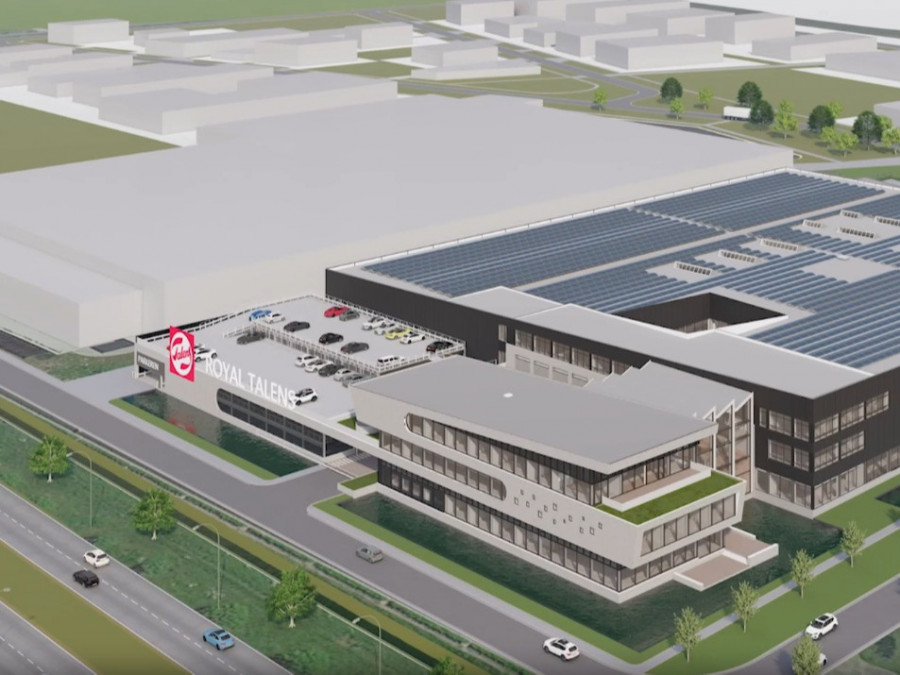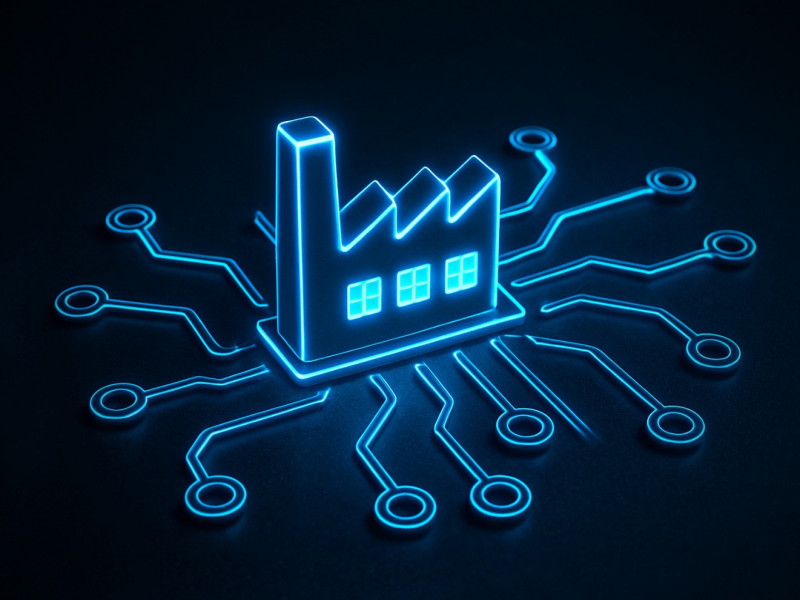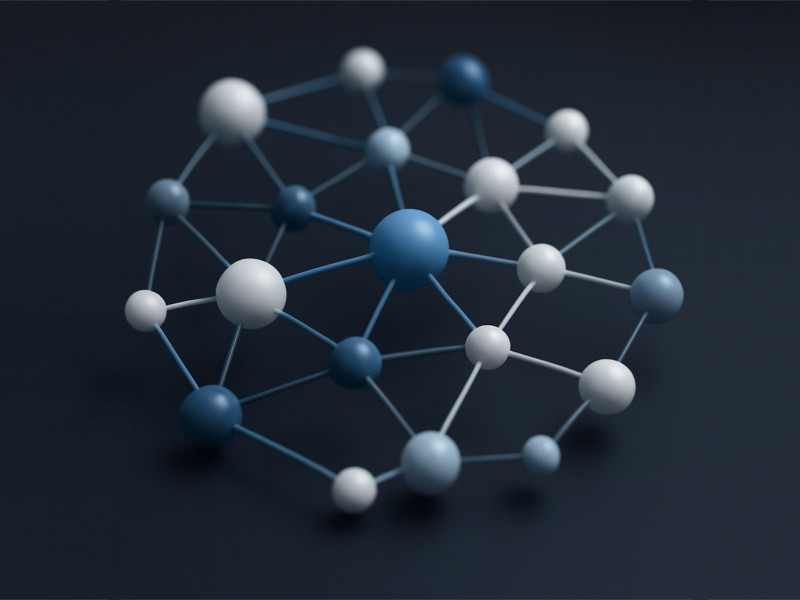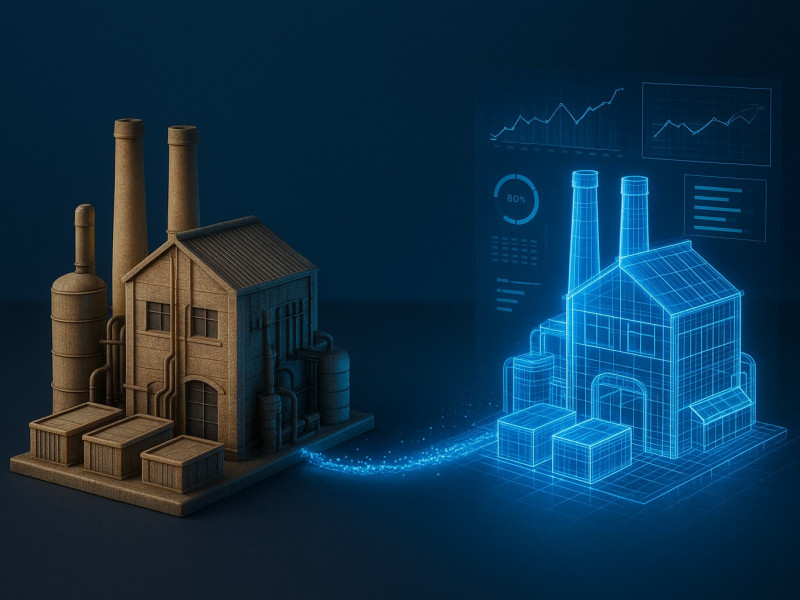Decision Theory: kiezen met hoofd én hart
Elke dag maken bedrijven tientallen keuzes die bepalend zijn voor hun succes. Sommige lijken eenvoudig, maar veel strategische beslissingen zijn complex, onzeker en vol tegenstrijdige belangen. In theorie biedt Decision Theory – de leer van rationele besluitvorming – een houvast om deze keuzes systematisch aan te pakken. Maar in de praktijk blijft kiezen vaak lastig. Bij Dapp helpen we bedrijven om grip te krijgen op deze processen, met data, visualisaties en kritisch denkwerk als hulpmiddelen.
Wat is Decision Theory?
Besluitvormingstheorie is een wetenschappelijk vakgebied dat onderzoekt hoe mensen en organisaties rationele keuzes maken. Het boek An Introduction to Decision Theory van Martin Peterson biedt een helder overzicht van klassieke principes, zoals het maximaliseren van nut en het omgaan met onzekerheid. Giovanni Parmigiani en Lurdes Inoue leggen in Decision Theory: Principles and Approaches verder uit hoe statistische modellen kunnen helpen om keuzes te onderbouwen met data. Maar theorie alleen is niet genoeg.
In Calling Bullshit van Jevin D. West en Carl T. Bergstrom wordt juist gewaarschuwd voor schijnzekerheden in data. Goede beslissingen vragen niet alleen om cijfers, maar ook om kritisch denken. Niet alles wat in een model past, past ook bij de realiteit van een fabriek, productieomgeving of supply chain.
De praktijk is weerbarstig
In onze praktijk merken we dat het toepassen van Decision Theory in fabrieksomgevingen vaak gepaard gaat met uitdagingen:
Data is niet altijd volledig of eenduidig.
Verschillende afdelingen hebben uiteenlopende belangen.
Externe factoren (zoals wetgeving of marktontwikkelingen) brengen onzekerheid.
Tijd en middelen om een compleet rationele analyse te maken, ontbreken vaak.
Daarom helpen wij klanten met het maken van keuzes op basis van praktische inzichten, niet alleen op basis van wiskundige perfectie. Of dat nu betekent dat we data-analyses opleveren, scenario’s simuleren of complexe processen visueel inzichtelijk maken.
Onze aanpak: kritisch denken met impact
Onze rol stopt niet bij het aanleveren van cijfers. We helpen klanten om keuzes te beargumenteren richting hun stakeholders. Vaak worden onze analyses en visualisaties ingezet bij presentaties aan directies of investeerders. Ons werk ondersteunt besluiten over fabrieksuitbreidingen, logistieke reorganisaties of investeringen in automatisering.
Juist omdat we als externe partij een frisse, kritische blik meebrengen, worden we gewaardeerd als sparringpartner. Wij combineren theorie met praktijk, en helpen klanten om lastige keuzes stap voor stap helder te maken.
Hoe Decision Theory in onze projecten tot leven komt
Een goed voorbeeld uit onze praktijk is de herinrichting van een fabriek waar de opdrachtgever twijfelde tussen twee investeringsrichtingen: investeren in een greenfield fabriek of in een aangepaste afdeling van de huidige locatie. Door het probleem gestructureerd aan te pakken, brachten wij beide scenario’s in kaart. We gebruikten data-analyse om de werkelijke bottlenecks zichtbaar te maken, simuleerden toekomstige groeiscenario’s en brachten de voor- en nadelen visueel in beeld. De directie kon hierdoor onderbouwd kiezen voor een greenfield fabriek, omdat dit op lange termijn de beste balans bood tussen kosten, capaciteit en flexibiliteit.
Typische onderwerpen waarin wij Decision Theory toepassen, zijn onder andere:
Capaciteitsplanning: hoeveel productielijnen of opslaglocaties heb je écht nodig?
Make-or-buy beslissingen: zelf produceren of uitbesteden?
Investeringen in automatisering: wat levert een robot of conveyor op ten opzichte van handmatig werk?
Locatie-optimalisatie: waar plaats je werkstations, magazijnen of routes voor minimale loop- en transportafstanden?
Scenarioplanning: wat gebeurt er met je capaciteit als de vraag 20% groeit?
Balans tussen kosten en servicegraad: wanneer loont het om meer voorraad te houden?
Ondersteuning bij directiepresentaties: hoe maak je keuzes visueel en overtuigend voor stakeholders?
Conclusie
Perfecte beslissingen bestaan niet, maar beter kiezen kan wel. Decision Theory biedt de denkkaders, maar het vraagt ervaring en kritische reflectie om die toe te passen in de dagelijkse praktijk. Ons team combineert theoretische kennis met praktische toepassing, zodat bedrijven niet blijven hangen in analyses, maar écht verder komen.








 Our way of working
Our way of working









































 Please rotate your device for an optimal experience.
Please rotate your device for an optimal experience.
